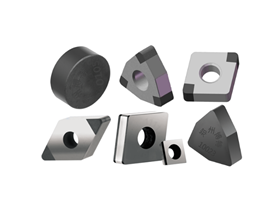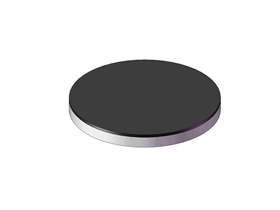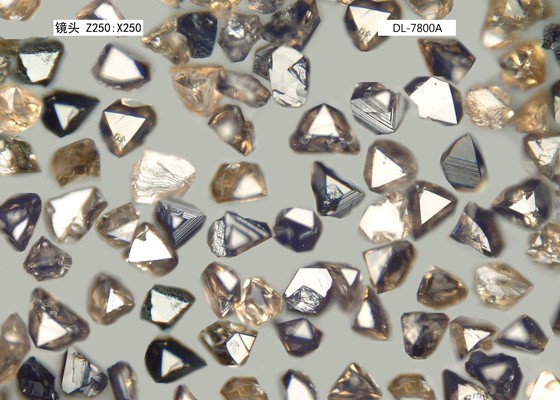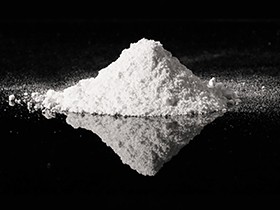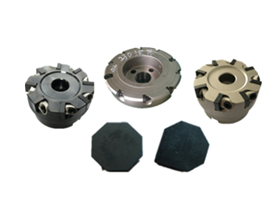In today's precision manufacturing arena, tool wear resistance is undoubtedly one of the key factors in determining production efficiency and machining accuracy, and Cubic Boron Nitride composite tool material is like a shining star, attracting attention.BERLT, as an outstanding explorer in this field, knows that the manufacturing process is like an exquisite symphony of science and technology, from the careful selection of raw materials, unique formulas, to the production process of fine sculpture, each link is closely intertwined, and any slight fluctuation may set off waves in the key performance of tool wear resistance.
BERLT adhering to the persistent pursuit of scientific and technological innovation and the stringent requirements for quality, for the production process of each influencing factor to carry out a full range of in-depth analysis and experimentation, like a rigorous scientist in the microcosmic world in search of truth.This series of painstaking research work, just like in the starry sky of science and technology lit one light after another, to build a solid foundation for creating high-quality Cubic Boron Nitride composite cutting tool materials, but also to stand out from the competition in the market has laid a solid foundation.
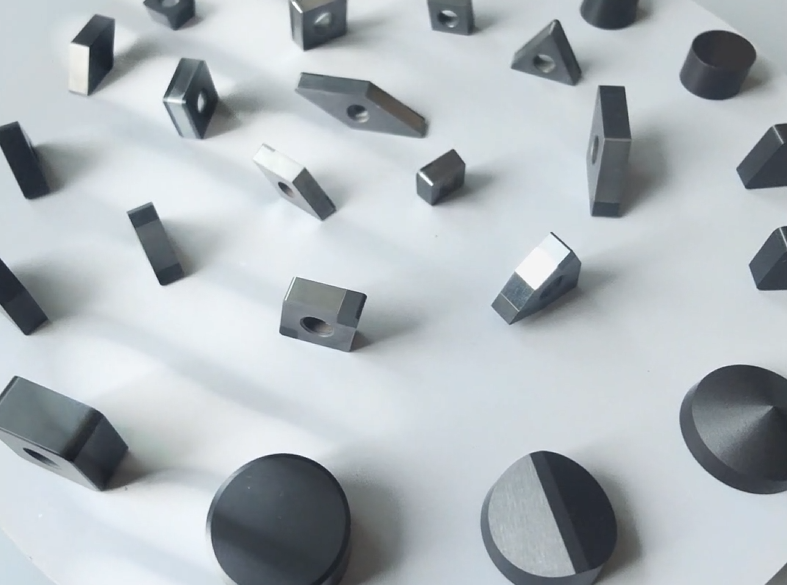
Focusing on the core element of the bond content, in the microcosmic universe of cubic boron nitride composite cutting tool materials, cubic boron nitride (CBN) is undoubtedly the "superhero" who plays the leading role in wear resistance.The relative amount between CBN and the bonding phase is like the tacit cooperation ratio between the hero and his teammates, which plays a decisive role in the wear resistance of the whole tool material.When the bonding agent content is high, although it helps the initial molding of the material, but as to the "superhero" equipped with too many logistical personnel, but weakened its ability to charge, in response to the high-intensity cutting tasks, the tool's abrasion resistance will be a significant decline; on the contrary, if the bonding agent content is too low, the lack of CBN particles enough "cohesion".The "cohesion", in the cutting of the battlefield is prone to "their own", the particles fall off the situation, the same will make the tool wear resistance and service life greatly reduced.Therefore, through a large number of experiments and data analysis, BERLT's scientific research team is committed to finding the golden ratio between CBN and bonding phase, so that it can maximize the wear-resistant advantages of CBN while safeguarding the overall performance of the material.
CBN particle size is a key variable, which is like a mysterious particle size code in the microcosm.As the CBN particle size decreases, the wear resistance of the composite tool material shows a promising upward trend, just like small, tightly packed blocks building a more stable structure.The science behind this is that fine-grained CBN has a much larger specific surface area, and at the "magic moment" of high-temperature sintering, the solid-phase diffusion rate is dramatically increased.Imagine countless tiny but energetic CBN particles driven by high temperature, like well-trained dancers, intertwining, diffusing and fusing with each other rapidly and precisely, making the density of the composite piece realize a qualitative leap.This highly dense structure is like a layer of sturdy armor, which can effectively resist all kinds of wear and tear from the outside during the cutting process, providing a solid guarantee for the wear resistance of the tool.
Synthesis temperature as an important factor affecting the wear resistance of cubic boron nitride composite tool materials, like a precise scalpel, need to be finely tuned within the appropriate range.The appropriate sintering temperature range is the mysterious key to unlocking the treasure of wear resistance of high-quality composite chips.Within this specific temperature range, a series of complex and orderly physical and chemical changes take place within the raw material, and the CBN particles and the bonding agent are like intimate partners, intertwining to form a tight and stable bonding structure.Thankfully, the influence of the synthesis temperature is relatively easy to control in the hands of BERLTch's researchers, compared to other "naughty" factors.With advanced temperature control technology and rich experience, they accurately manage the ups and downs of temperature to ensure that the abrasion resistance of the composite sheet is steadily at a high level, so that the synthesis temperature is usually not the "main culprit" leading to the instability of the composite sheet's abrasion resistance.
Finally, the key role of synthesizing pressure has to be mentioned.With the steady increase of synthesizing pressure, the wear resistance of CBN composite tool materials seems to be injected with a constant and powerful power, showing a good trend of continuous increase.This is because the increase in pressure is like the work of nature, which squeezes and coalesces the CBN particles tightly, making their internal bond more indestructible, and the interstitial gaps are compressed to the smallest possible extent, thus greatly enhancing the material's densification.In this highly dense state, the tool in the cutting battlefield is like having the invincible body, can be more relaxed to deal with external friction, impact and other challenges, and always maintain excellent cutting performance and excellent wear resistance, for the modern manufacturing industry, those long hours, high-intensity, high-precision machining tasks to provide a rock-solid and reliable protection.
BERLT through the depth of these key factors and precise control, and constantly optimize the production process of Cubic Boron Nitride composite cutting tool materials, just like a unique craftsman, carefully carved every detail.They not only pursue excellence in technology, but also adhere to the original intention in quality, and are committed to dedicating to the global manufacturing industry with extraordinary wear-resistant cutting tool products.
